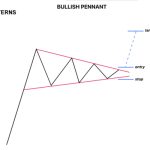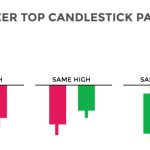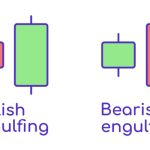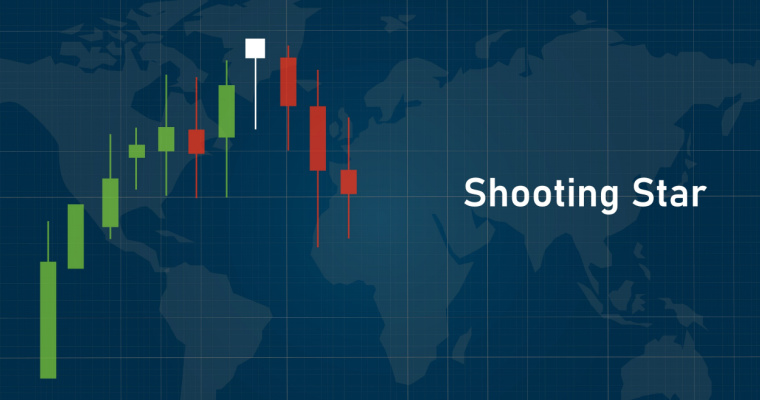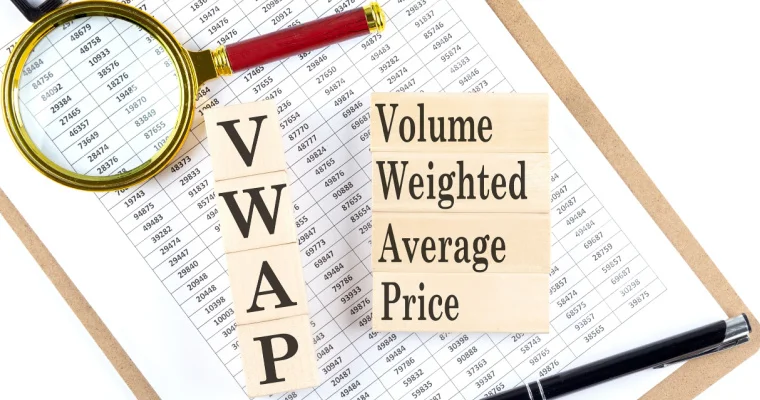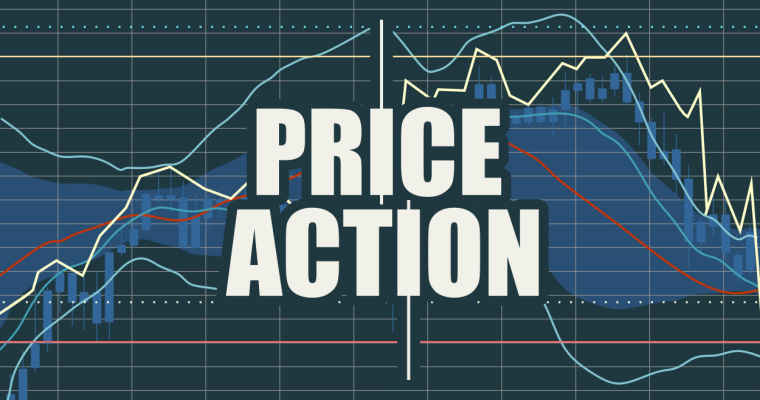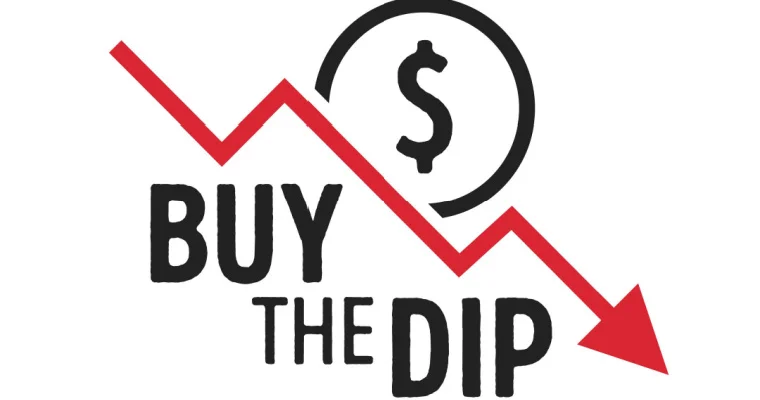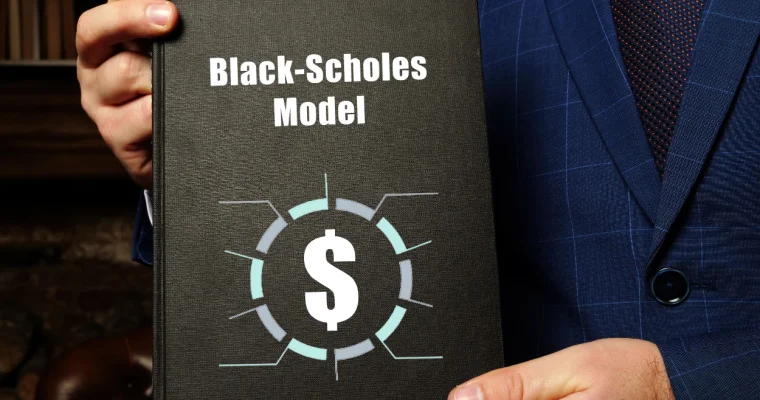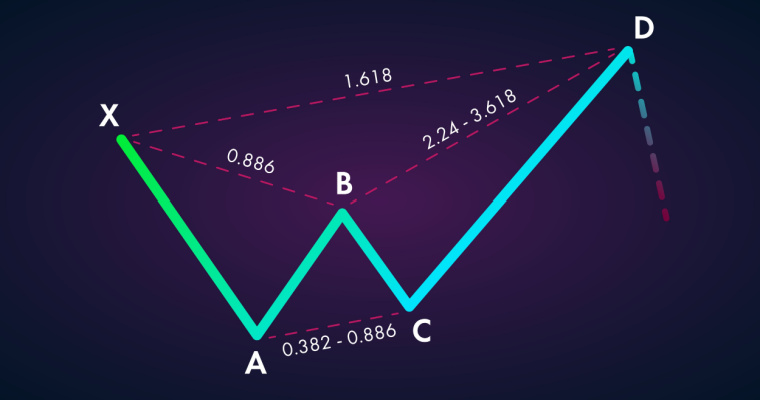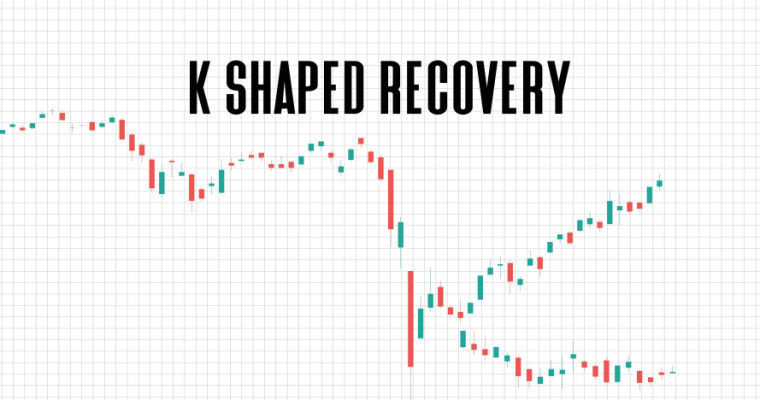What is Doji Candlestick Pattern – Working, Types, Indication and Strategy
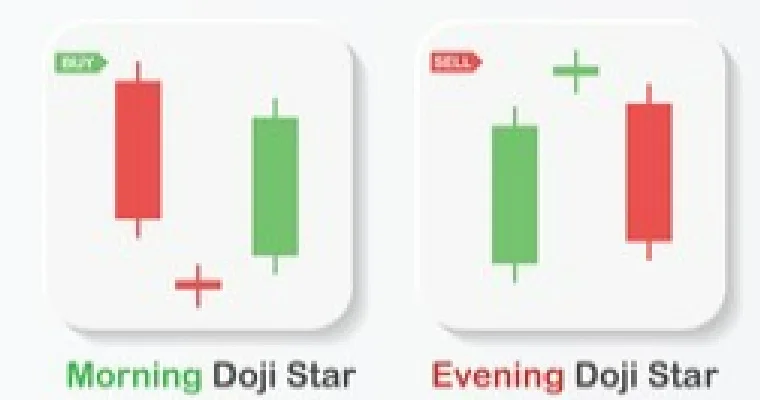
Doji candles are unique candlestick chart patterns that form when the opening and closing prices of the asset are relatively at the same level during a trading session. A member of the Japanese candlestick charts, the Doji candlestick pattern is a single-candle chart pattern. It marks a possible reversal in the market in either an upward or downward direction and opens up a potential trading opportunity.
The Doji candlestick has a unique formation with its characteristic short length. Nonetheless, it is an extremely rare occurrence representing indecision in the securities market. It can be in the form of a plus sign, a cross, or an inverted cross. To know more, read on!
What is a Doji Candle?
A Doji candle, or the Doji star, is a candlestick pattern that forms due to indecision among buyers and sellers concerning a certain asset/stock.
The word ‘Doji’ is derived from the Japanese term ‘dо̄ji,’ which means an ‘error,’ ‘blunder,’ or ‘mistake.’ The pattern is so-called as it is an infrequent occurrence forming when the opening and closing prices of the asset remain relatively the same during a trading session. It is distinguishable due to its short length, illustrating a limited trading range.
The Doji candle pattern signifies that equivalent bullish and bearish trends are operating, meaning that neither the bulls or bears are in control. Technical analysts use the candle pattern to make sense of the price behaviour of securities, generally to spot price reversals. The Doji candle pattern can emerge across markets and different time frames. It reflects four crucial data points – the periodic high, low, open, and close.
Importance of Doji Candles
Doji candles are one form of the popular candlestick chart. It was developed in the 18th century by a Japanese rice trader as a tool to determine future price performance. The candlestick pattern comprises the body (the hollow or filled bar) and the shadow or wick (the lines extending beyond the body). Technical analysis of the candlestick helps traders identify profitable trades.
Today, the Doji pattern is a meaningful signal for technical analysts representing indecision in the market. It is represented by a single candle pattern and an absence of the body or a small body found in most other candlestick patterns.
The Doji candle takes on even more significance when it forms an uptrend or a downtrend suggesting a reversal trend in price movement. It is a critical indicator for traders as it helps them shape their trading strategies, such as exiting from a long position.
Also Read
What is the Doji Candlestick Pattern?
Candlestick patterns generally indicate market trends, momentum, investor sentiment, and volatility in the securities market.
The Doji candlestick pattern is a technical indicator used by analysts to gauge the future price movement of securities. The pattern generally forms when the market opens with bullish trends that drive the price up. There is counterpressure from the bears who bring the price down by rejecting the higher price. The top end of the wick represents the highest price, while the bottom end reflects the lowest price.
The Doji pattern forms when the opening and closing prices are almost at the same level, most often composing a cross-shape or a plus sign. The body of this candlestick formation reflects the difference between the opening and closing price. As a result, the body is absent or nearly negligible, and the shadow is greater. The wicks on both ends of the body are nearly equal in length, too.
How Does Doji Candlestick Work?
The Doji candlestick pattern forms by representing four sets of data: high, low, open, and close. They define the shape of the candlestick pattern, including that of Doji candles.
There may be different types of Doji patterns. However, when a typical Doji candle is analysed in the context of previous price action, it can help predict market sentiment and possible price movement. It generally indicates a reversal in trend or indecision in the market. The size, location, and pattern of the Doji candle are also vital factors to be considered when analysing the significance of the appearance of the pattern.
If the candle appears following an uptrend, it could mean that the momentum may be slowing or even reversing. On the contrary, it could simply mean momentary indecision among investors. So, a single Doji candle is not enough to determine future price trends of security. It must be studied with other technical indicators.
Types of Doji Candlestick Patterns
Doji candlestick patterns can take more than one form. The patterns depend on the length and position of the shadows. The various types of Doji candles indicate differing potential price movements depending on specific market conditions.
There are primarily six types of Doji candles pattern:
- Standard or Neutral Doji Candlestick Pattern
Resembling a plus sign, the neutral Doji candlestick pattern forms when buying and selling pressure is in equilibrium. Analysts should consider previous price action rather than looking at it in isolation. - Long-legged Doji Candlestick Pattern
The pattern forms when the open and close prices are almost at the same level. However, the highs and lows, that is, the vertical line, is long, given the dramatic movement during the trading session. It indicates indecision between the bears and the bulls. - Dragonfly Doji Candlestick Pattern
The dragonfly Doji pattern emerges when open, close, and high are at the same level during a trading session. This pattern forms a T-shape with a long lower wick due to a substantial difference in the low. When they appear at the bottom of a bearish trend, they can be considered a bullish signal. - Gravestone Doji Candlestick Pattern
Contrary to the dragonfly candlestick, the gravestone candlestick pattern forms when the open, close, and low coincide at the same or relatively same level. The gravestone Doji candle is an inverted-T appearing when the bulls cannot sustain the bullish momentum. - Price Doji Candlestick Pattern
A rare occurrence, the 4-price Doji candle looks like a minus (-) sign and forms when the open, close, high, and low are at the same level. It represents a quiet market with little volume trading or a high degree of indecision during a trading session. - Hammer Doji Candlestick Pattern
This Doji candle is shaped like a hammer. It forms when the price falls from the open level but recovers again to close near the opening level due to bear activity.
What Does a Doji Candle Tell Traders?
When a trader looks at the Doji candlestick as a single candle phenomenon in isolation from other indicators, it can be considered a sign of indecision in the market. It implies that neither the bears nor the bulls have taken hold of the market.
However, when the Doji candle is analysed with the previous candlestick patterns, it can signal a price reversal. It could, on the contrary, also indicate a continuation in the price movement of an asset. It is, therefore, necessary to consider the Doji candle in relation to other indicators and patterns. The candle may contain very little information in itself regarding future price movements.
Doji Trading Strategy
A Doji candle in isolation says very little about future price movement. So, the first step towards using Doji candles to trade is identifying the prevailing market trend. Is the price movement experiencing an uptrend or a downtrend? The next step is to identify the pattern and the location of the Doji candlestick. This crucial step will determine the Doji trading strategy.
Suppose the Doji candle you observe is a neutral Doji candlestick. The point of entry when you identify a neutral Doji in an uptrend would be the low point of the formation. It is generally a short position. In case it appears on a downtrend, the entry point for a long position should be at the breakout or high of the Doji candle. Placing stop-loss is critical to mitigate risk in a trading position. For the neutral Doji, positioning the stop-loss above the high level of the candle for a short trade and below the low for a long position can be beneficial.
How to Trade With Doji Candlestick?
The Doji candlestick pattern works best in a trending market and for traders willing to wait for a confirmation on the signal.
Given the different types of Doji candles, the trading strategy for each will differ. For a bullish Doji candle, placing the buy order above the high can be a good strategy, along with deciding on a stop-loss below the low. On the other hand, for a bearish Doji candle, placing a short-sell order below the low and a stop-loss above the high can be a good strategy. Ultimately, it is essential to strategise the exit strategy to ensure that the risk-to-reward ratio works in your favour as a trader.
Also Read
Pros and Cons of the Doji Candlestick Patterns
Most technical analysts are aware that technical indicators are not foolproof strategies to win over the market. Key indicators, like Doji candlestick patterns, should be analysed with other market trends and indicators. Nevertheless, all technical indicators have pros and cons, just like the Doji patterns. Let’s look at some of them.
Pros
- Given their popularity and unique shape, the Doji candles are easy to identify
- Their versatility as an ideal indicator for signalling reversals and breakouts in future price trends helps outline future trading strategies
- It can be reliable in signalling market consolidation
Cons
- They are a rare occurrence in larger trading timeframes
- It may be relatively neutral in most cases and may create false signals for traders, particularly when analysed in isolation from other patterns and indicators
- Since they do not indicate price targets, Doji candles are unreliable in determining an exit point for a profitable trading position
Final Word
The Doji candlestick pattern can be a meaningful technical indicator when examined in collaboration with other indicators and market trends. It can be beneficial in analysing future price movements of securities by highlighting the momentary indecision in the market. Consequently, they can help identify good buying opportunities in the short term by putting them in the context of broader market trends and events. One must, nonetheless, be careful when analysing the possible meaning of Doji candle patterns as they may present false signals.
FAQs
Ans: The Doji candle and the spinning top are similar to each other. The most significant difference between the two lies in the size of the body of the candle. The spinning top has a comparatively larger body than the Doji candle.
Ans: By itself, the single candle Doji pattern is a neutral pattern with the potential to be either bullish or bearish. The signal it represents depends on the previous price movements, the location of the candle, and the type of Doji candle.
Ans: The Doji candle is generally an indicator of indecision in the securities market. However, it can signify a price reversal for some traders, especially when gravestone candlesticks or dragonfly candlesticks emerge in the chart pattern. Or it could simply be an indicator of a continuation pattern in the price movement.
Ans: Doji candlestick patterns are easy to identify visually by looking at the range of the wick and the position of the opening and closing levels. Each type of Doji candle has a pattern it follows, for example, the T-shaped dragonfly Doji or the + sign standard Doji.
Ans: The wick of a candlestick signifies that traders are rejecting the prices. A longer upper wick conveys a rejection of high prices, while a longer lower wick represents a rejection of low prices.
Want to put your savings into action and kick-start your investment journey 💸 But don’t have time to do research? Invest now with Navi Nifty 50 Index Fund, sit back, and earn from the top 50 companies.
Disclaimer: Mutual Fund investments are subject to market risks, read all scheme-related documents carefully.
This article has been prepared on the basis of internal data, publicly available information and other sources believed to be reliable. The information contained in this article is for general purposes only and not a complete disclosure of every material fact. It should not be construed as investment advice to any party. The article does not warrant the completeness or accuracy of the information and disclaims all liabilities, losses and damages arising out of the use of this information. Readers shall be fully liable/responsible for any decision taken on the basis of this article.

Customer’s Feedback
No comments found.Illiquid Stocks Guide: Definition, Examples, and its Working
Illiquid stocks are part of a long-term investment strategy that is appropriate for investors who a... Read More »What is Shooting Star Candlestick Pattern in Trading?
The shooting star candlestick pattern is considered to be a bearish reversal candlestick ... Read More »What is VWAP Indicator and How to Use it for Trading
The VWAP indicator shows the volume-weighted average market price of a particular stock. You can us... Read More »What is Price Action Trading: Its Strategy, Stop Loss and Profit Targets
Price action trading is a methodology in which the trader solely relies on analysing a security’s... Read More »What is Buy the Dip Strategy in Trading – Working and Example
‘Buy the dip’ is one of the most common phrases in the stock market. It is sort of a go-t... Read More »What is the Black Scholes Model – Formula, Calculation and Assumptions
Among the important concepts in modern financial theory, the Black Scholes model, developed in 1973... Read More »What is Iron Condor and What are its Strategies?
Iron Condor is an options trading strategy that involves four options with the same expiration date... Read More »What is Harmonic Pattern and How Does it Help in Trading?
Harmonic patterns are one of the most efficient and effective trading patterns. Although they are m... Read More »What is a Contract Note and Why is it Important?
Contract note is a legal document containing the details of every stockbroker's trade on a stock ex... Read More »What is K-shaped Recovery: Indication, Example and
Economies go through multiple phases in business cycles. One such phase is a recession which is mar... Read More »Guide to Book Building – Its Types, Benefits and Process
Initial public offerings (IPOs) are priced as specified by their underwriters. The process by which... Read More »Support and Resistance in Trading: Working, Strategies, Uses and Example
Support and resistance are two of the most significant and practical concepts in technical analysis... Read More »Top 10 Chit Fund Schemes in India in 2023
Chit funds are one of the most popular return-generating saving schemes in India. It is a financial... Read More »10 Best Gold ETFs in India to Invest in April 2023
Gold ETFs or Gold Exchange Traded Funds are passively managed funds that track the price of physica... Read More »10 Best Demat Accounts in India for Beginners in 2023
Creation of Demat accounts revolutionised the way trades were conducted at the stock exchanges. It... Read More »20 Best Index Funds to Invest in India in April 2023
What is an Index Fund? An index fund is a type of mutual fund or exchange-traded fund (ETF) that... Read More »Best Arbitrage Mutual Funds to Invest in India in April 2023
Arbitrage funds are hybrid mutual fund schemes that aim to make low-risk profits by buying and sell... Read More »10 Best SIP Plans in India to Invest in April 2023
What is SIP? SIP or Systematic Investment Plan is a method of investing a fixed amount in ... Read More »10 Best Corporate Bond Funds in India to Invest in April 2023
Corporate bond funds are debt funds that invest at least 80% of the investment corpus in companies ... Read More »10 Best Bank for Savings Account in India [Highest Interest Rate 2023]
Savings account is a type of financial instrument offered by several banks. It lets you safely depo... Read More »

